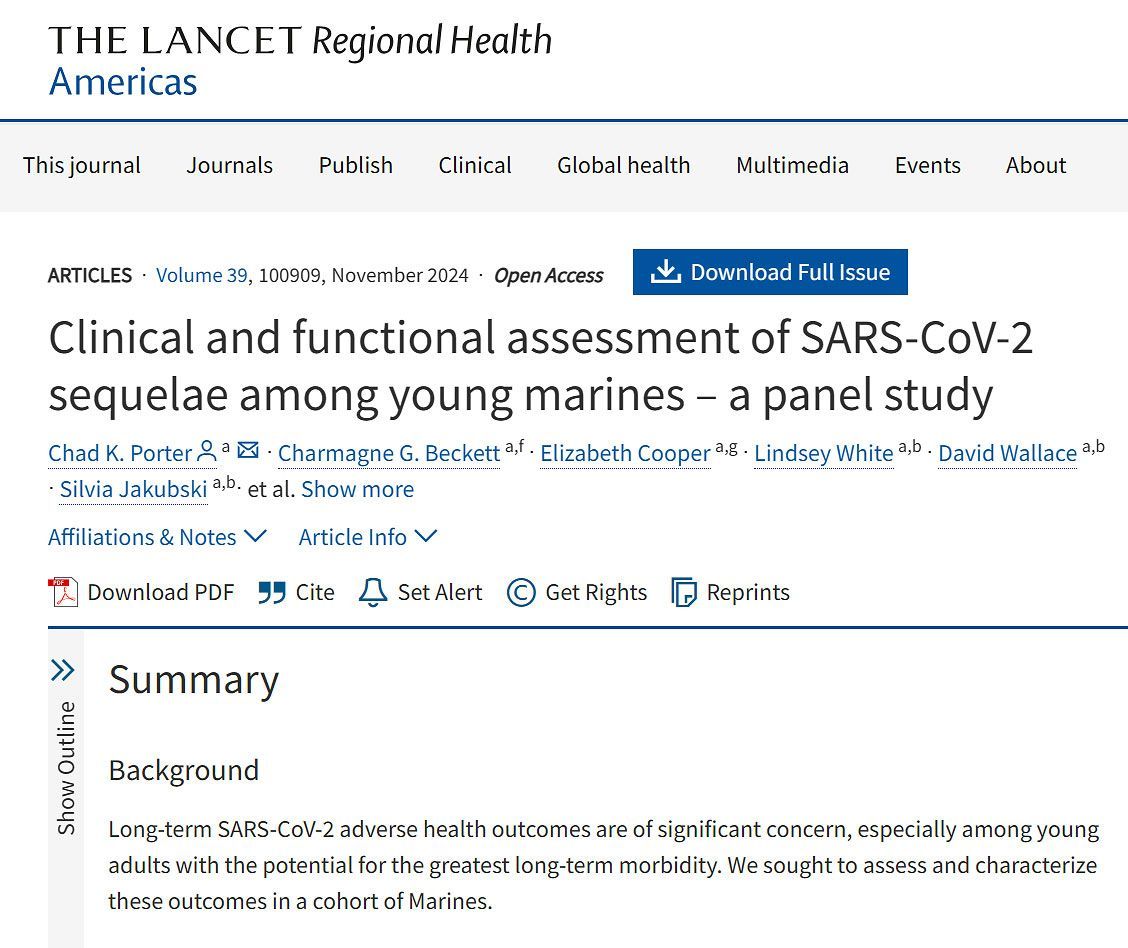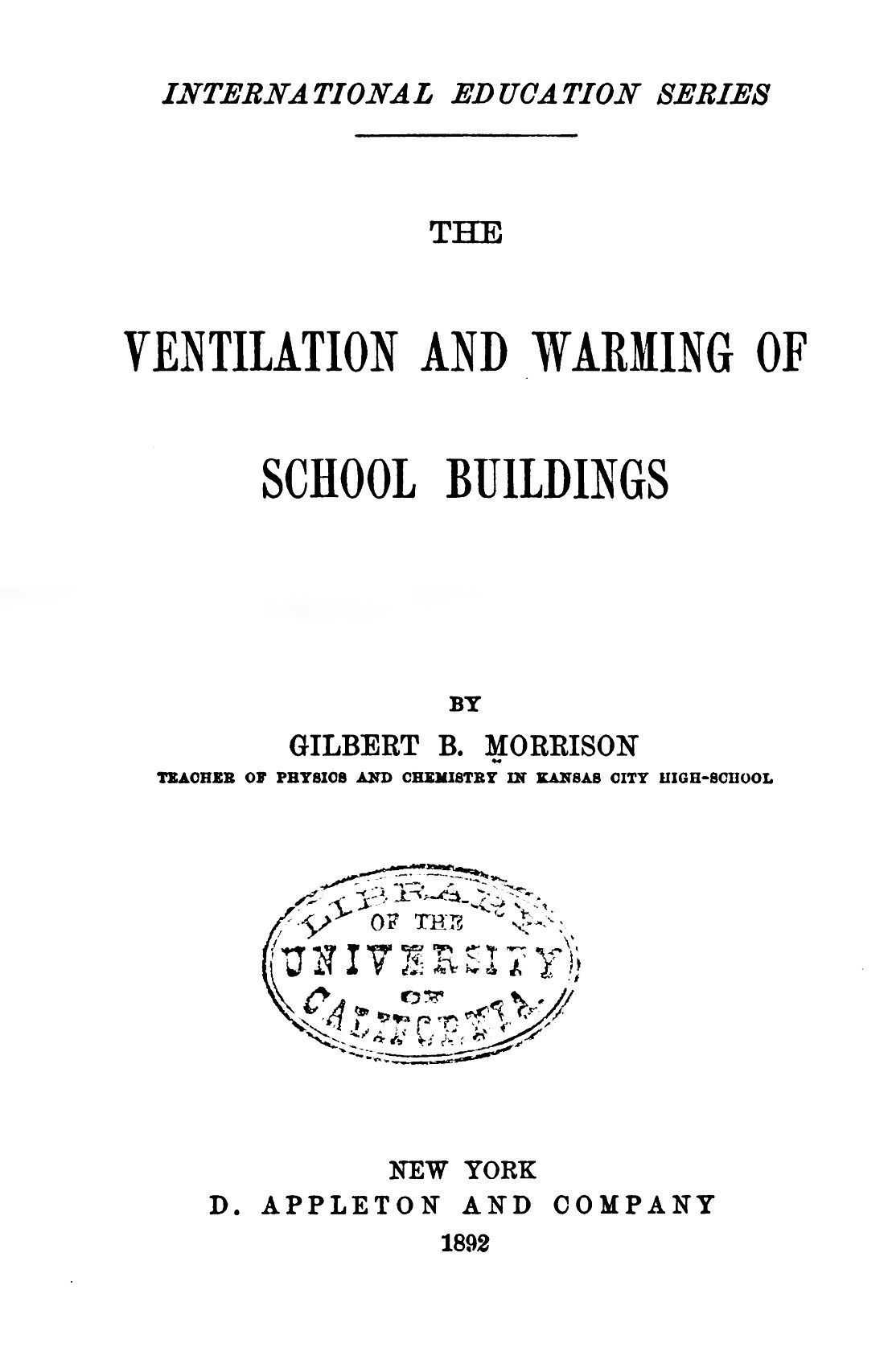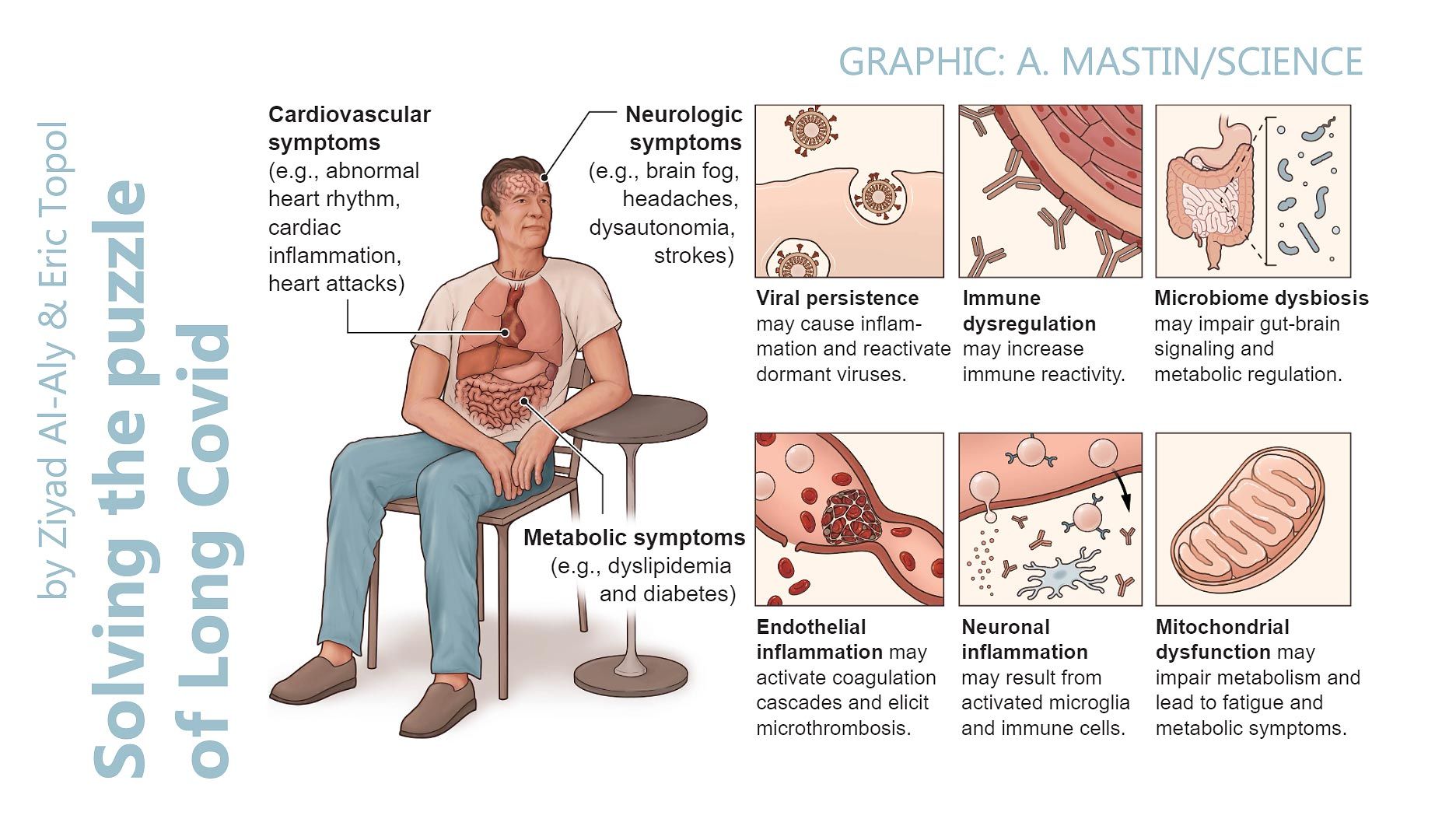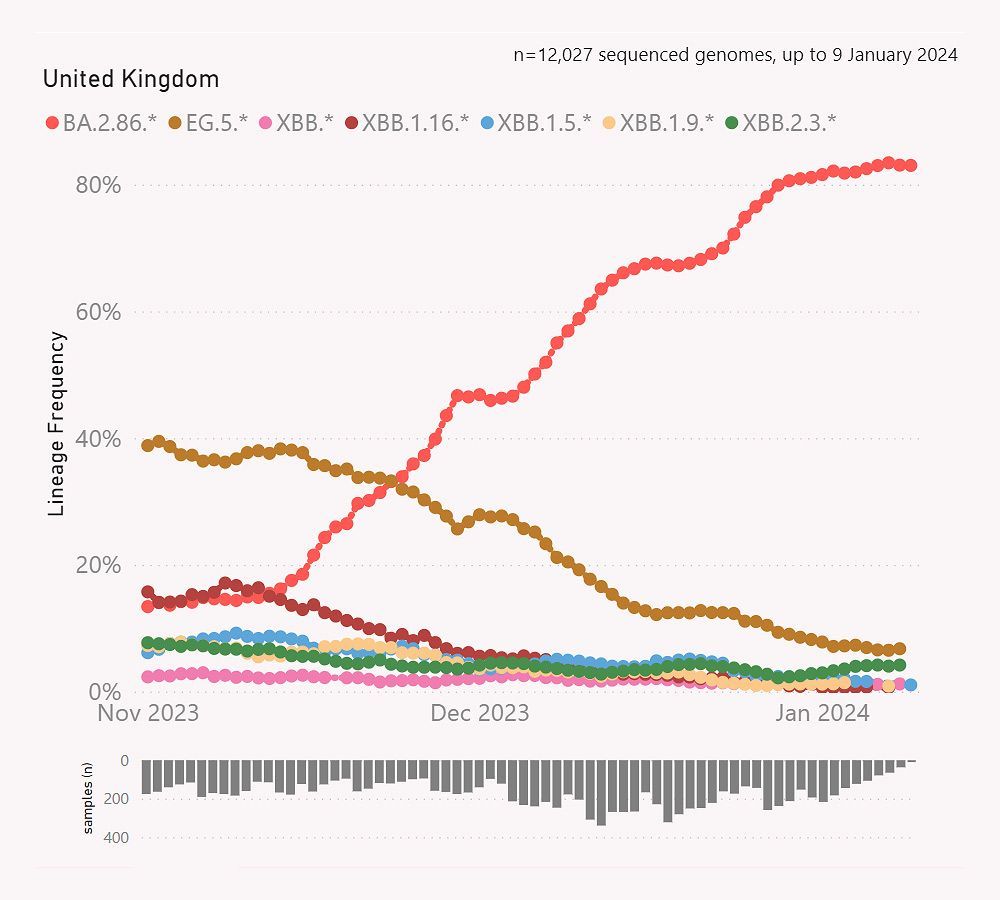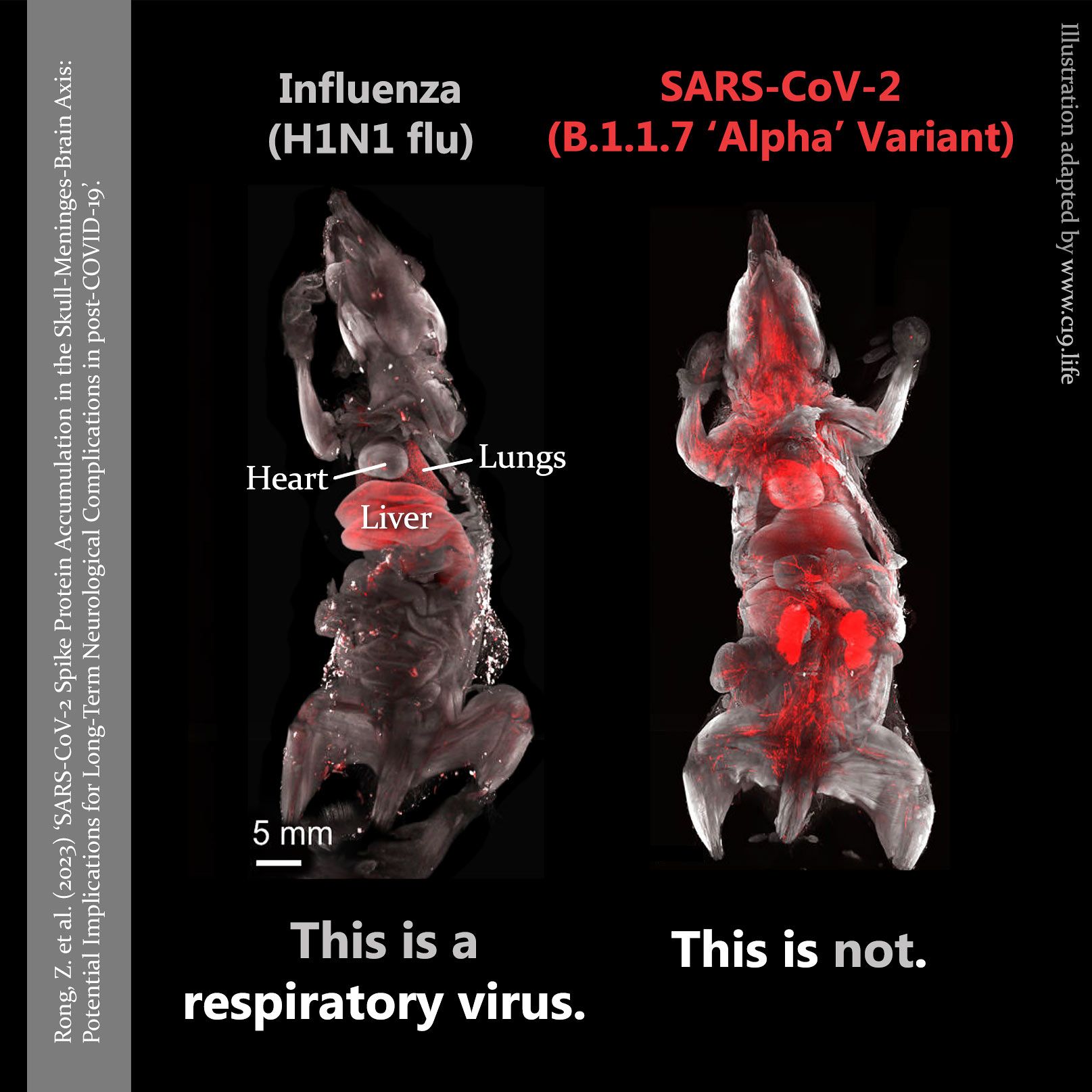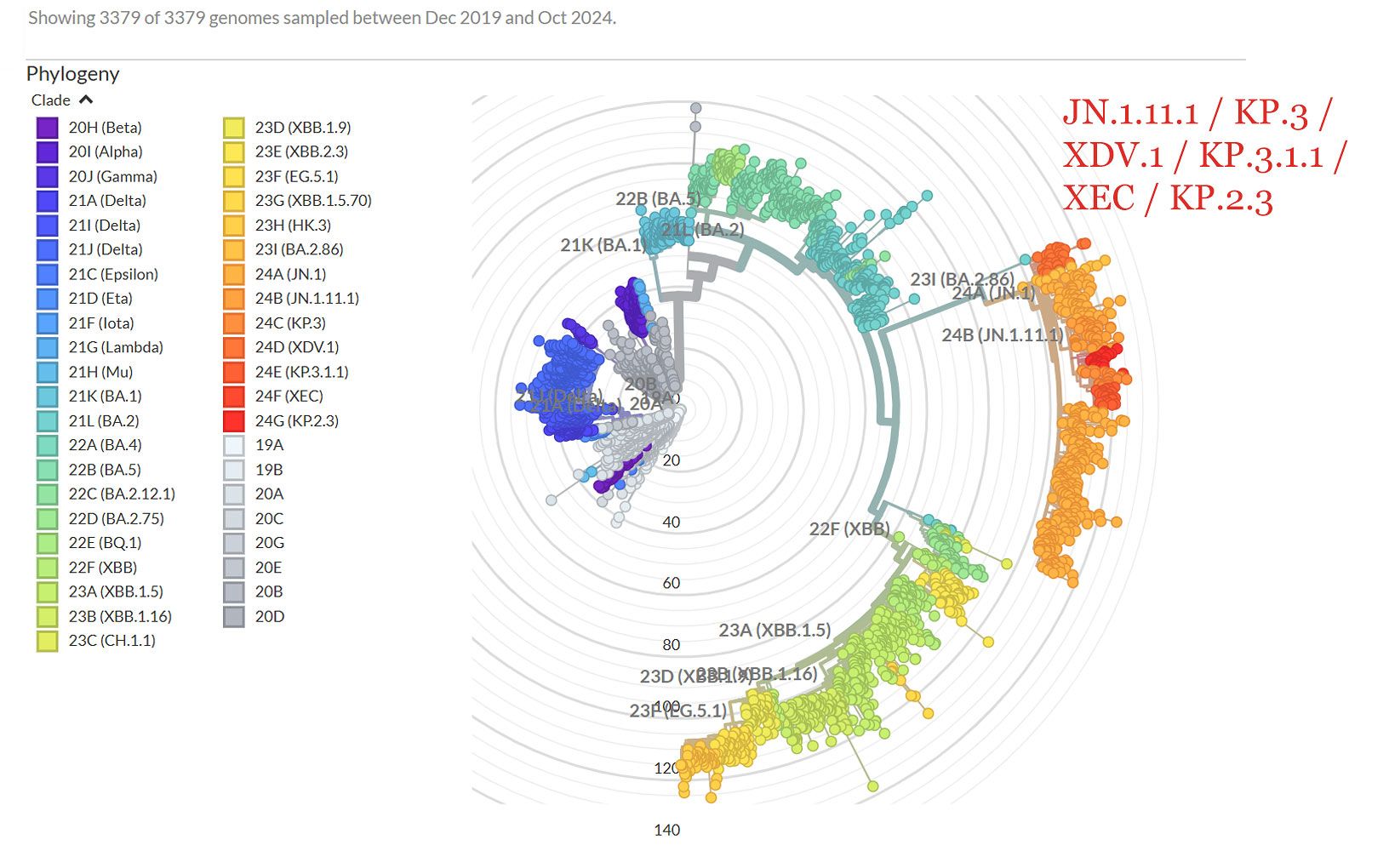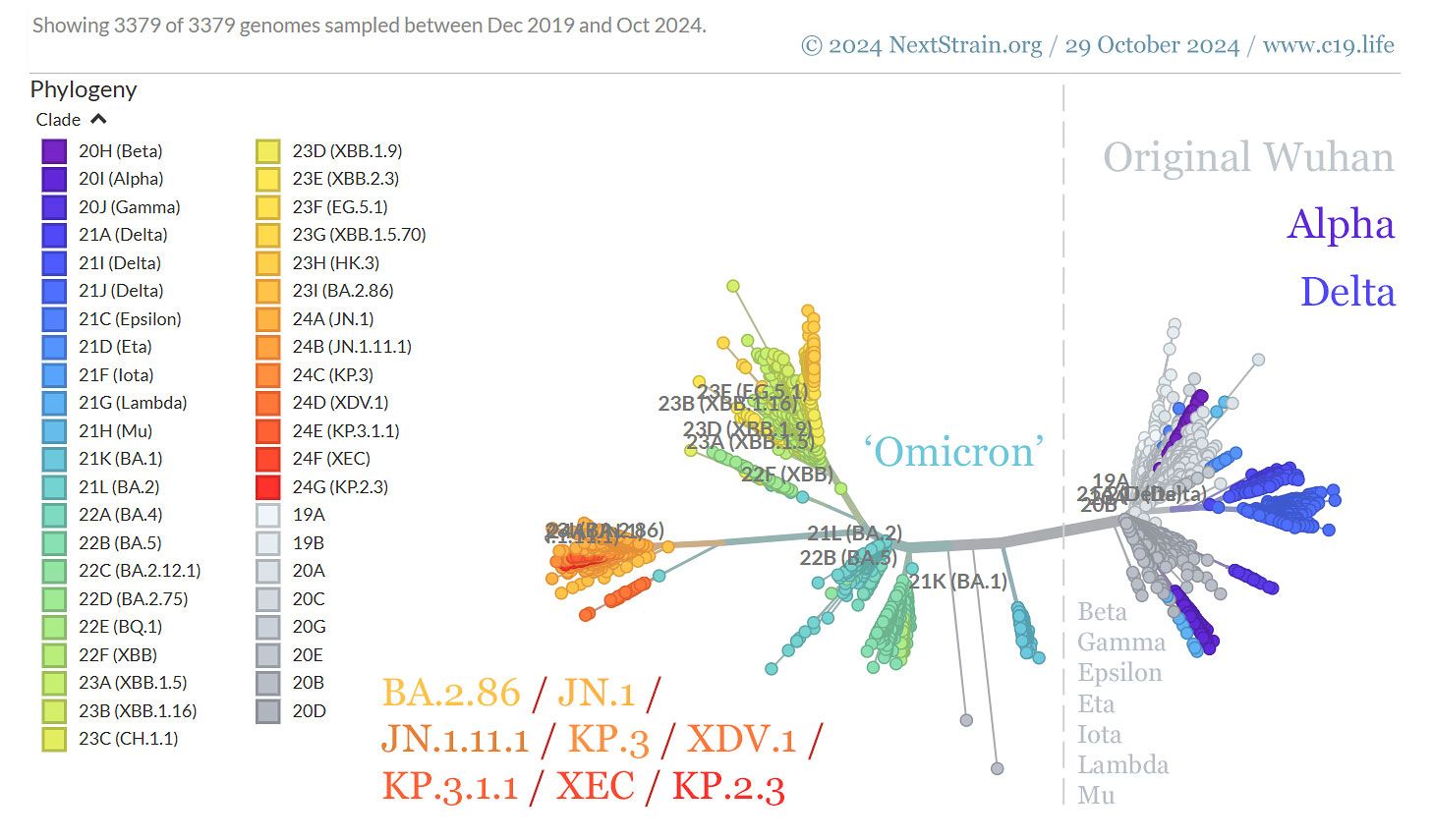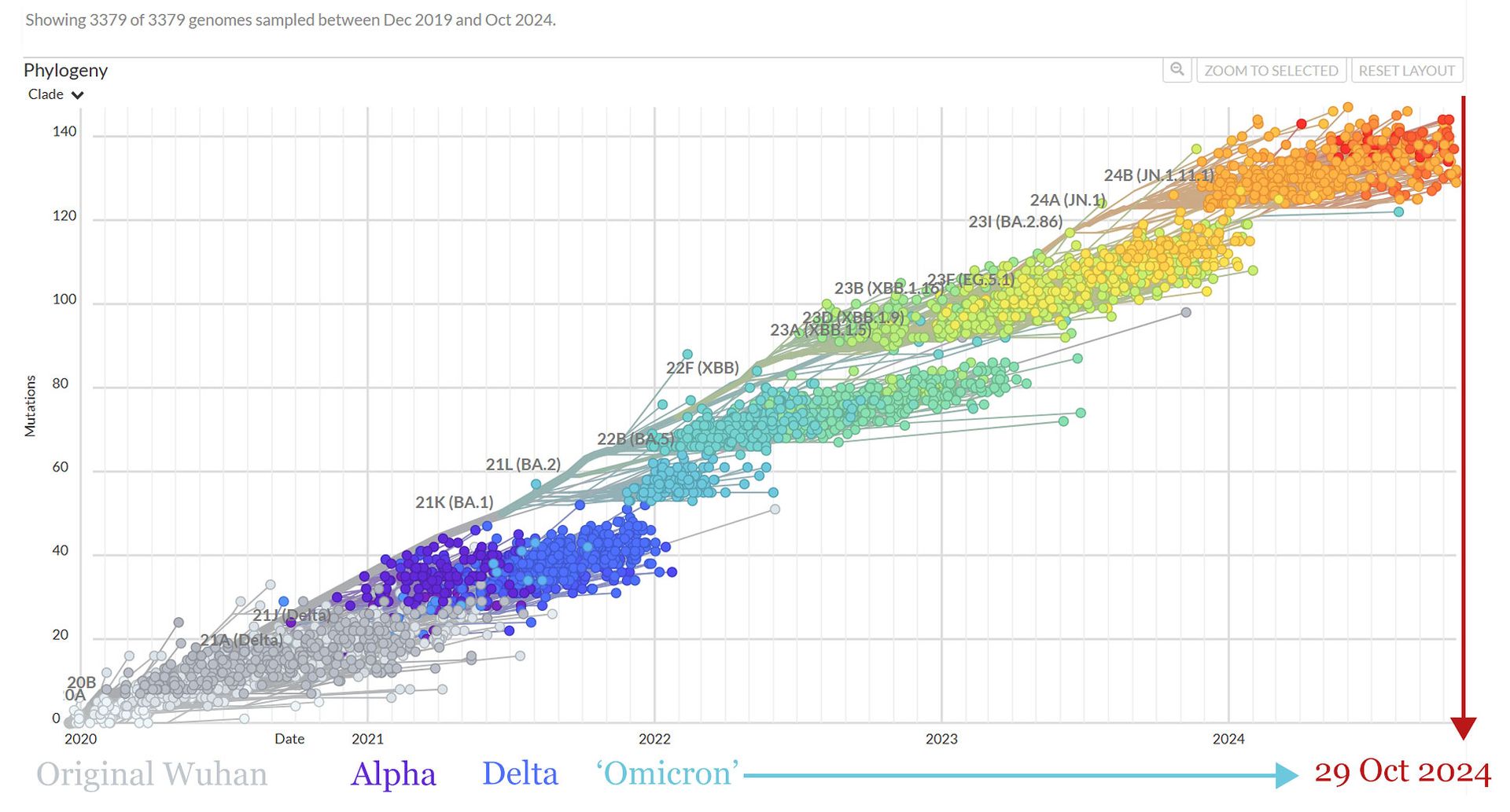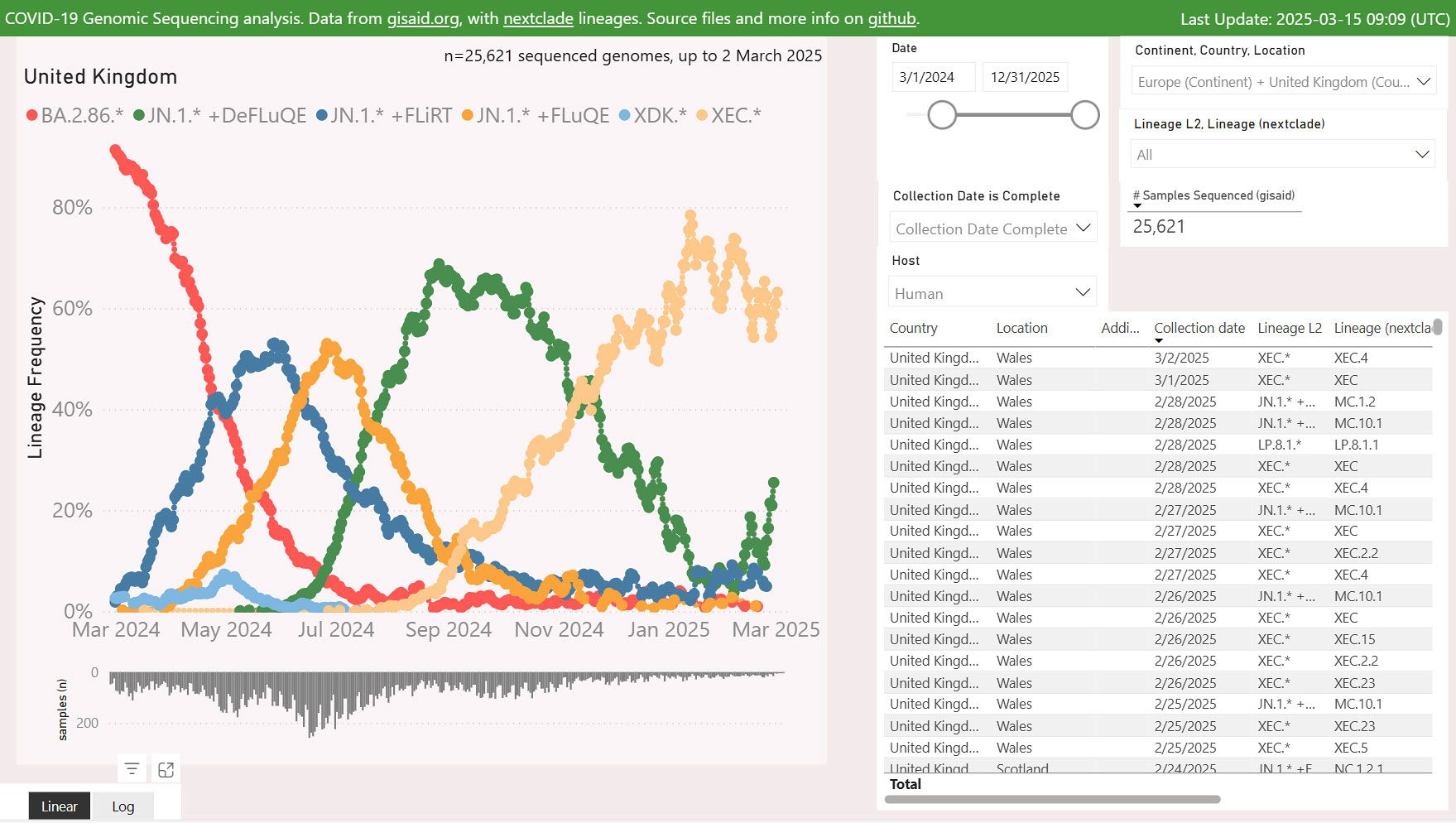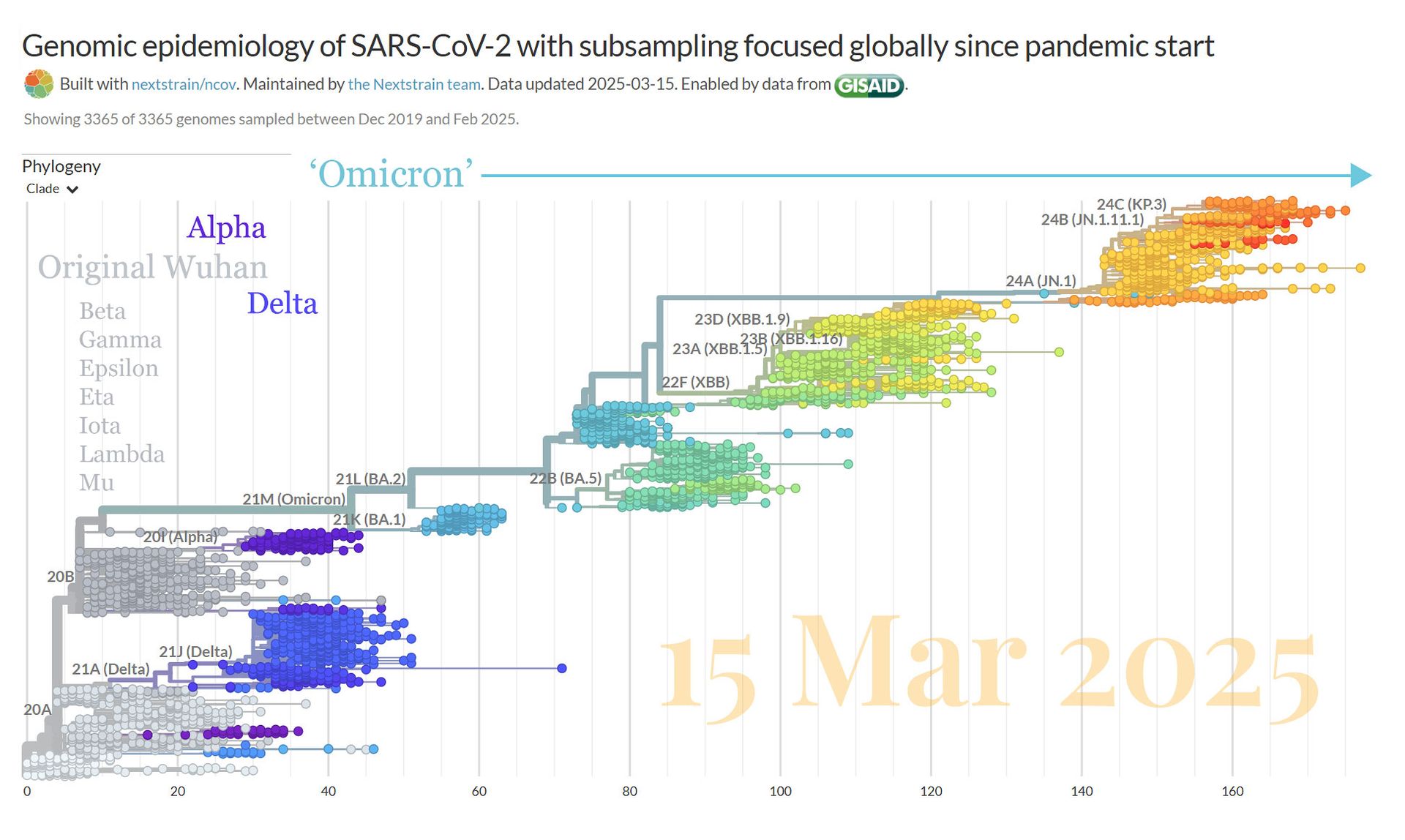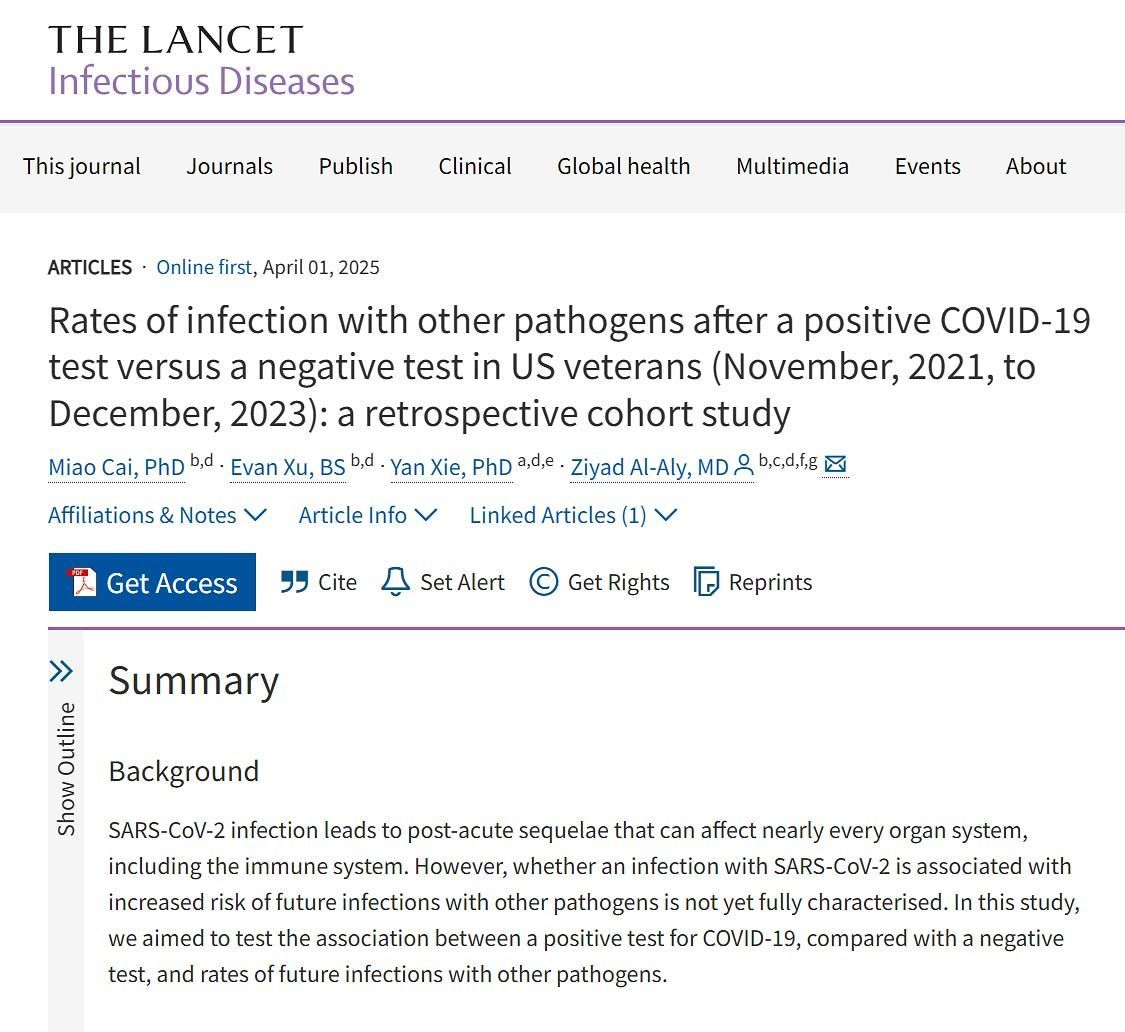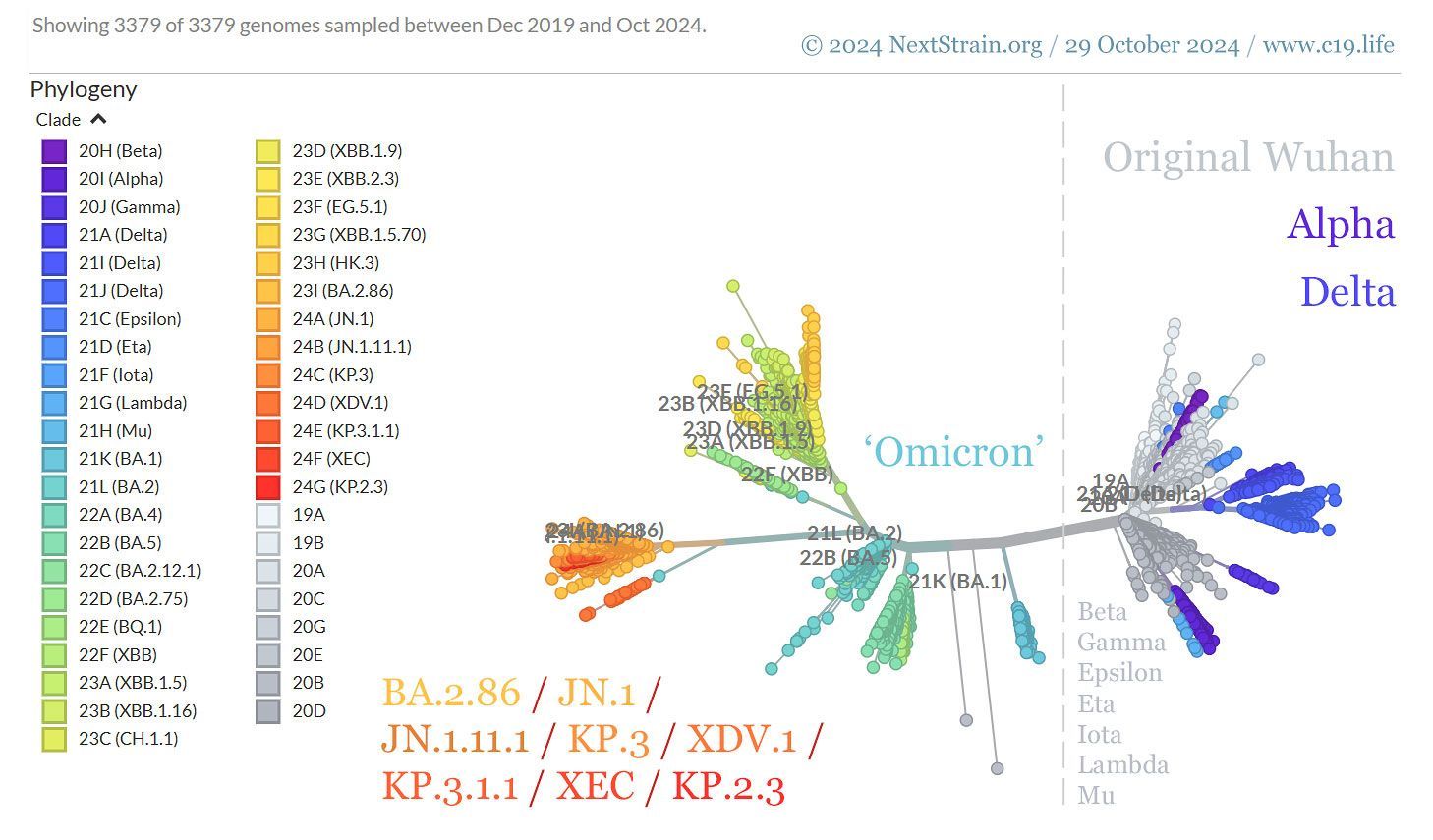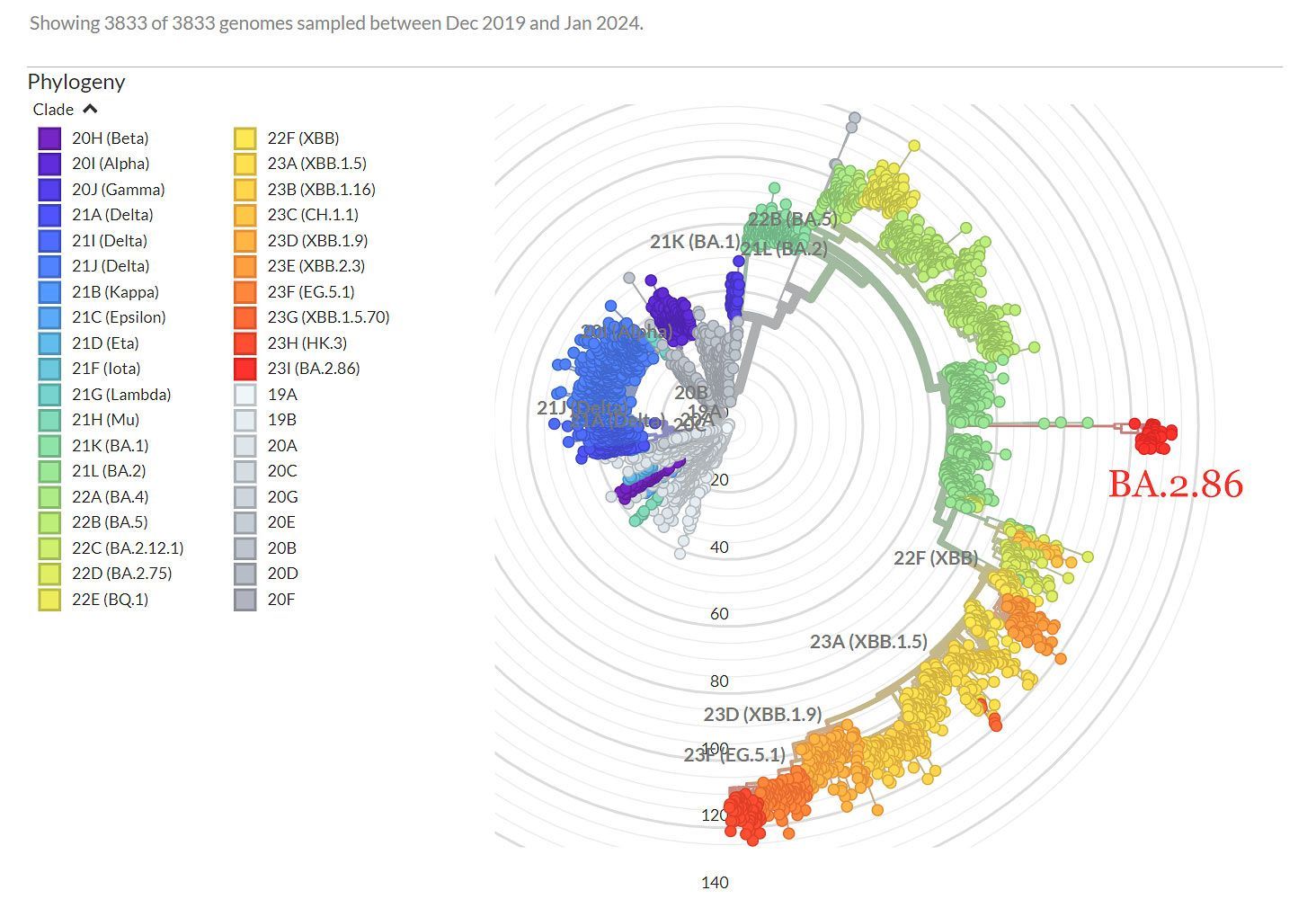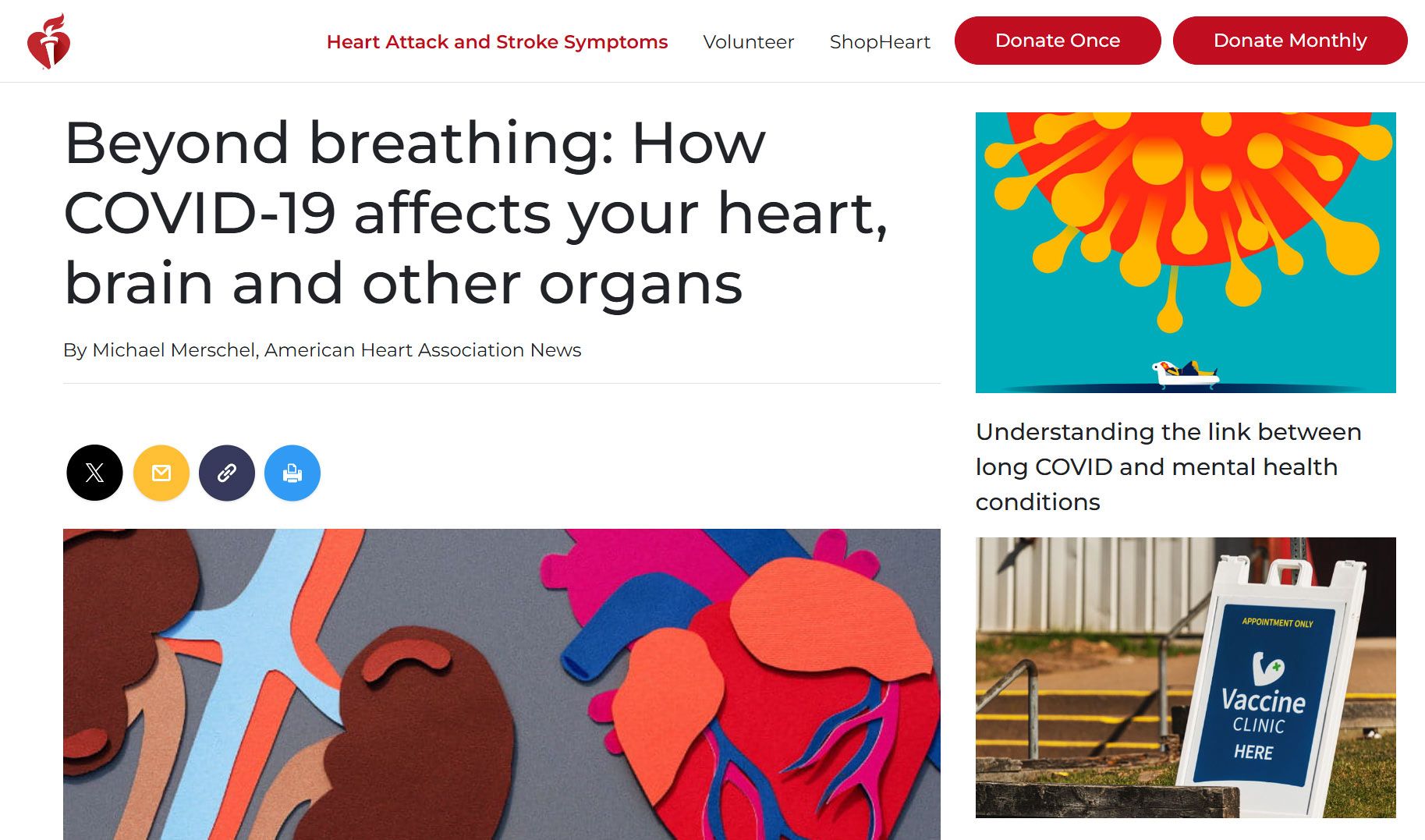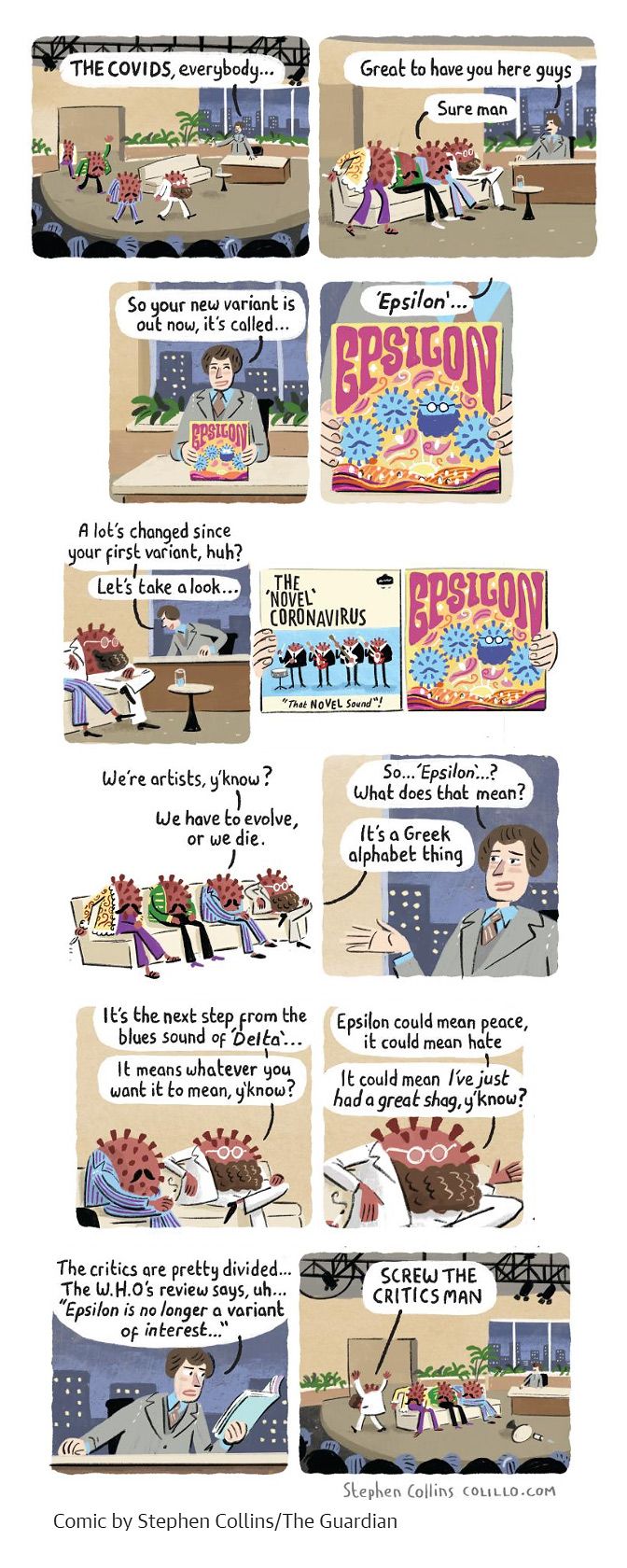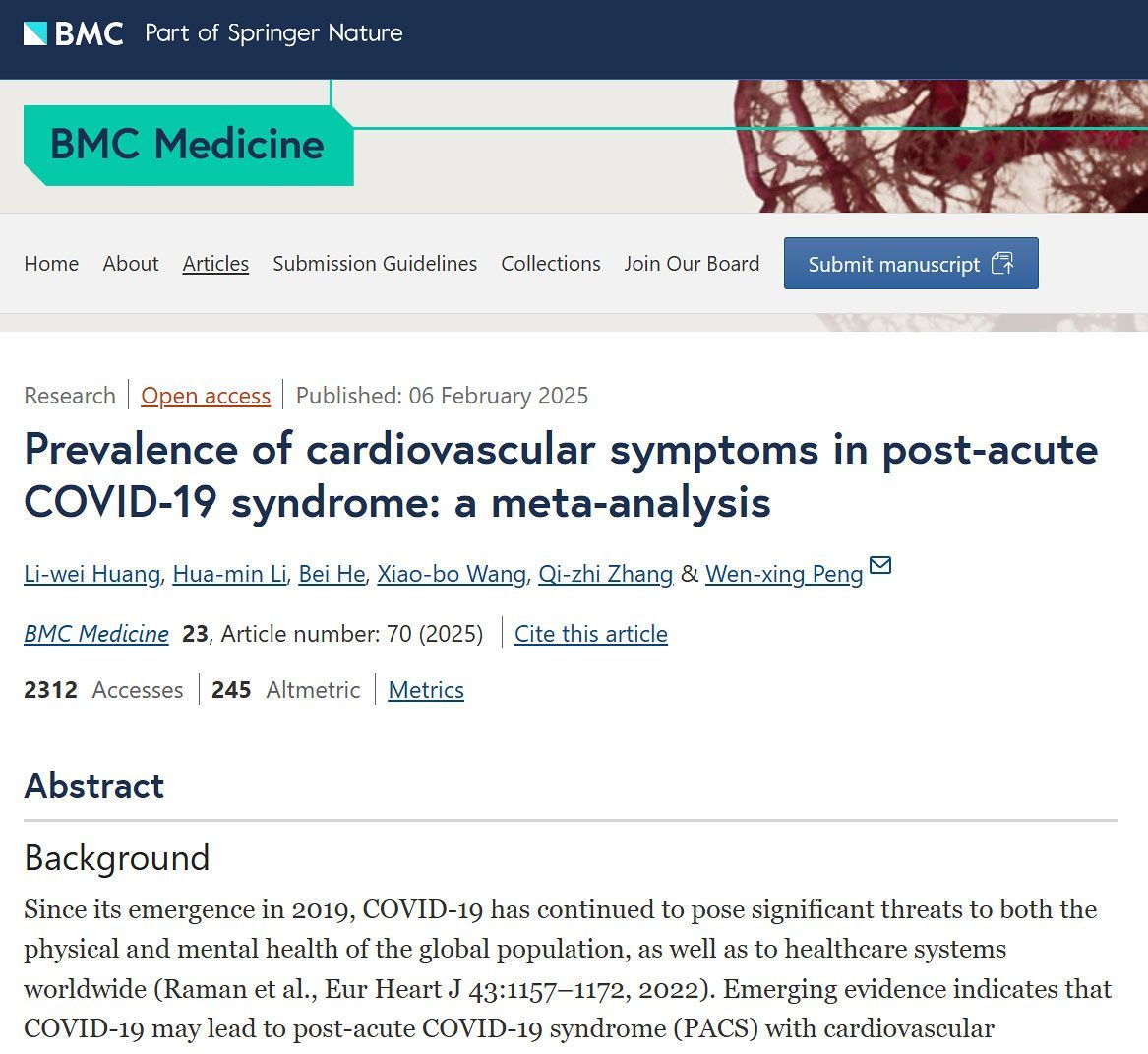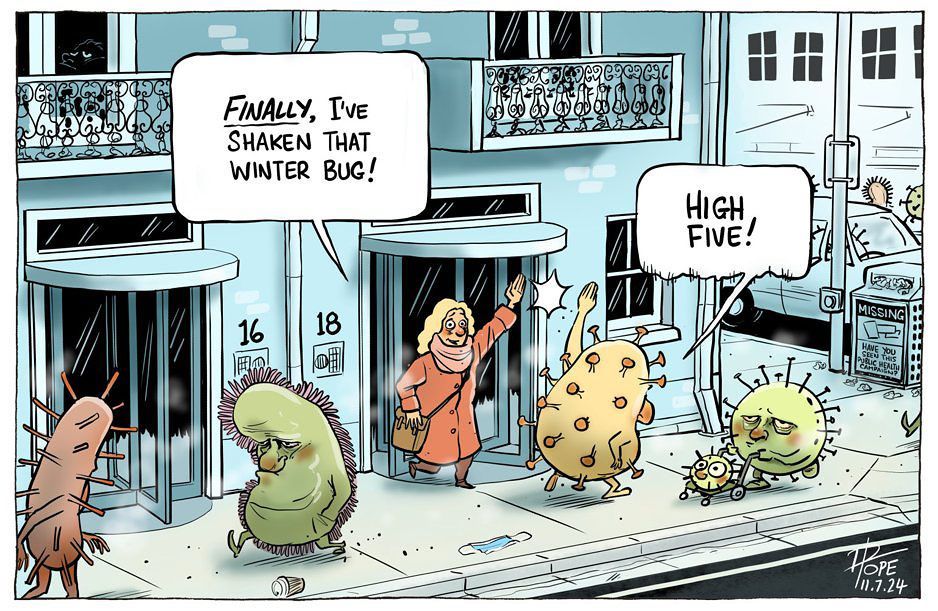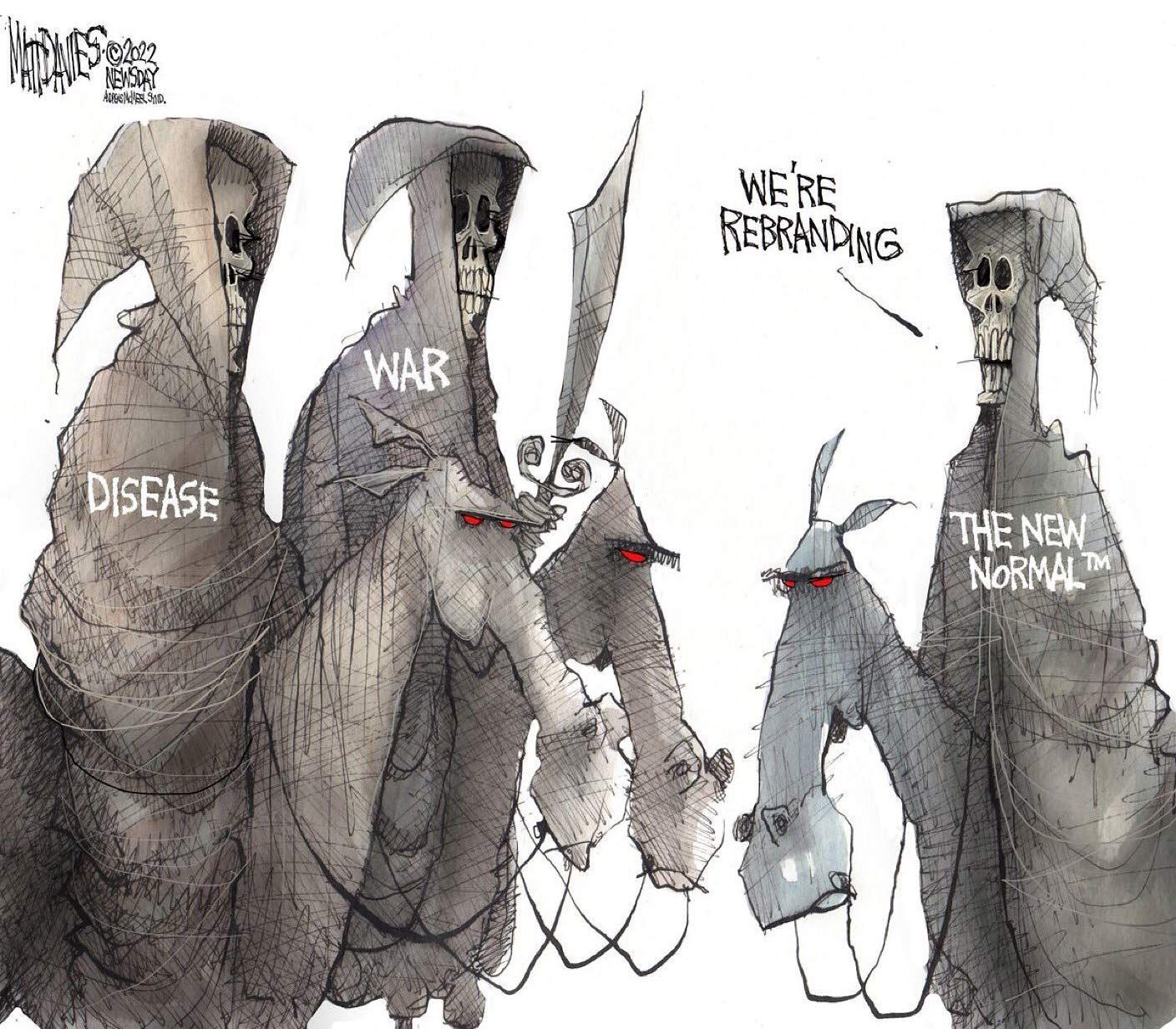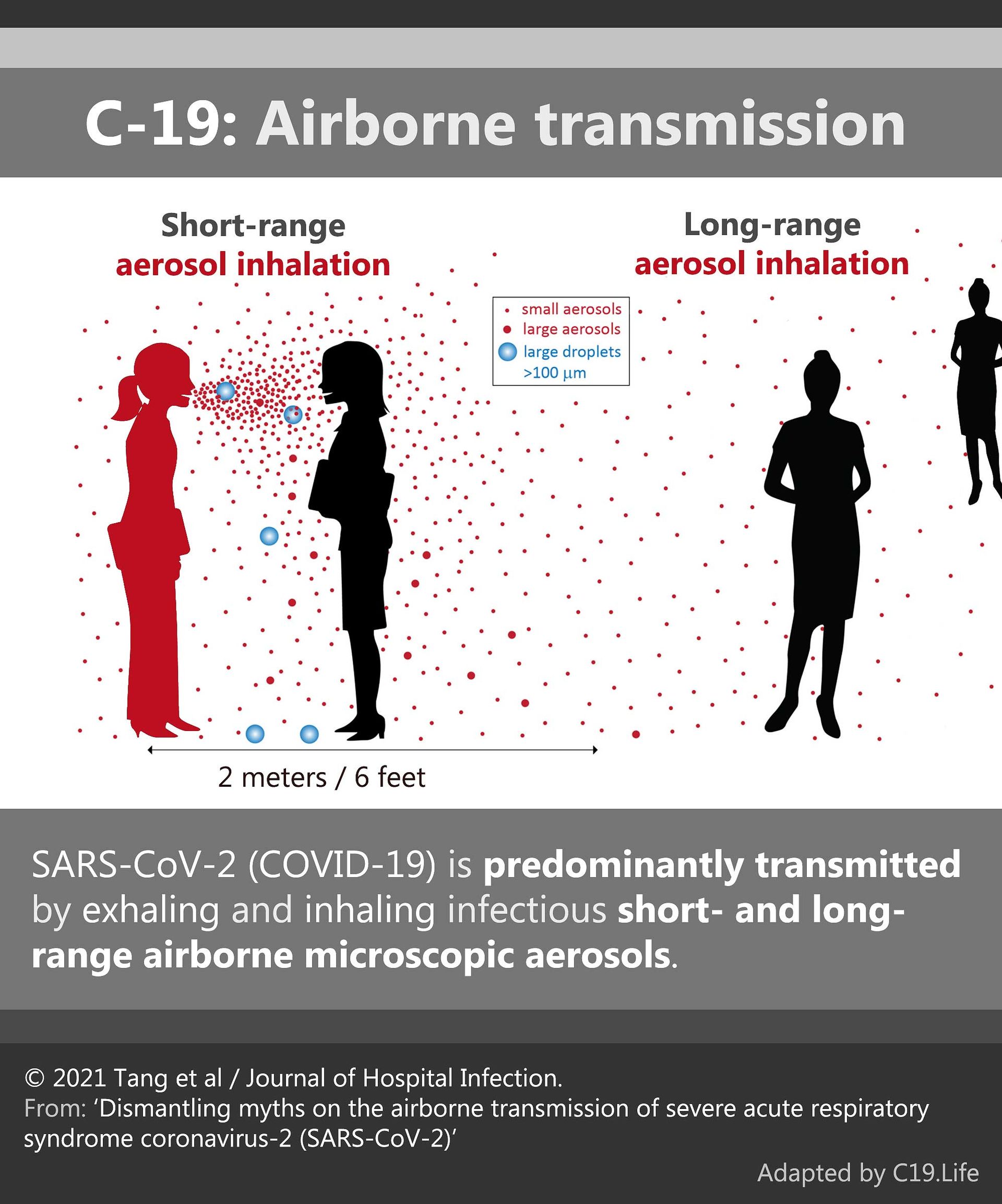➲ Home ➲ C-19 Archives
On the ill-fated ‘natural immunity via infection’ pipe-dream: 📖 Effectiveness of previous infection against reinfection (Omicron)
‘Before Omicron, natural infection provided strong and durable protection against reinfection, with minimal waning over time.
However, during the Omicron era, protection was robust only for those recently infected, declining rapidly over time and diminishing within a year.’
Legend: ‘Effectiveness of previous infection against reinfection (Omicron).’ ➤
📖 (5 Feb 2025 ~ Nature) ‘Differential protection against SARS-CoV-2 reinfection pre- and post-Omicron’.
© 2025 Chemaitelly et al / Nature.
❦ Study ~ ‘Differential protection against SARS-CoV-2 reinfection pre- and post-Omicron’
By Chemaitelly et al / Nature (5 Feb 2025)
❦ ‘The severe acute respiratory syndrome coronavirus 2 (SARS-CoV-2) has rapidly evolved over short timescales, leading to the emergence of more transmissible variants such as Alpha and Delta.
‘The arrival of the Omicron variant marked a major shift, introducing numerous extra mutations in the spike gene compared with earlier variants.
These evolutionary changes have raised concerns regarding their potential impact on immune evasion, disease severity and the effectiveness of vaccines and treatments.’
In this epidemiological study, we identified two distinct patterns in the protective effect of natural infection against reinfection in the Omicron versus pre-Omicron eras.
‘Before Omicron, natural infection provided strong and durable protection against reinfection, with minimal waning over time.
However, during the Omicron era, protection was robust only for those recently infected, declining rapidly over time and diminishing within a year.’
These results demonstrate that SARS-CoV-2 immune protection is shaped by a dynamic interaction between host immunity and viral evolution, leading to contrasting reinfection patterns before and after Omicron’s first wave.
This shift in patterns suggests a change in evolutionary pressures, with intrinsic transmissibility driving adaptation pre-Omicron and immune escape becoming dominant post-Omicron, underscoring the need for periodic vaccine updates to sustain immunity.’
❂
📖 (5 Feb 2025 ~ Nature) ‘Differential protection against SARS-CoV-2 reinfection pre- and post-Omicron’.
© 2025 Chemaitelly et al / Nature.
📖 (5 Feb 2025 ~ Nature) Differential protection against SARS-CoV-2 reinfection pre- and post-Omicron ➤
© 2025 Chemaitelly et al / Nature.
❦ Further reading on SARS-CoV-2 genome evolution
❦ Accessed: 21 January 2024.
➲ Genomic epidemiology of SARS-CoV-2 since pandemic start.
‘If you are letting yourself get infected and taking no precautions against passing it on, you are not a passive bystander for your next infection.
You’ve participated in creating it.’
© 2024 Dr. Noor Bari / NextStrain.org.
❦ Accessed: 29 October 2024.
➲ Genomic epidemiology of SARS-CoV-2 since pandemic start.
© 2024 NextStrain.org / Annotations by C19.Life.
❦ Accessed: 29 October 2024.
➲ Genomic epidemiology of SARS-CoV-2 since pandemic start.
[Current ➤]
© 2024 NextStrain.org / Annotations by C19.Life.
❦ By Date.
➲ Accessed: 29 October 2024.
➲ Genomic epidemiology of SARS-CoV-2 since pandemic start.
© 2024 NextStrain.org / Annotations by C19.Life.
❦ ‘Omicron’ [sub-/variants] in the United Kingdom.
➲ Data span: 1 March 2024 – 2 March 2025.
➲ Variant Visualiser by Mike Honey.
© 2025 Mike Honey / GisAid / NextClade / GitHub.
❦ By Mutation.
➲ Data accessed: 15 March 2025.
➲ Genomic epidemiology of SARS-CoV-2 since pandemic start.
© 2025 NextStrain.org / Annotations by C19.Life.
❂
❦ More reading: On Reinfections
📖 (7 Jan 2025 ~ The Lancet: Regional Health ~ Americas) SARS-COV-2 re-infection and incidence of post-acute sequelae of COVID-19 (PASC) among essential workers in New York: a retrospective cohort study ➤
‘After adjusting for relevant demographic, lifestyle, and clinical variables, we found a significant association between the risk of experiencing PASC and multiple SARS-COV-2 infections, severe COVID-19, and being unvaccinated at first infection.’
© 2025 Babalola et al / The Lancet: Regional Health (Americas).
📖 (10 Oct 2024 ~ The Lancet: Regional Health ~ Western Pacific) Long COVID facts and findings: a large-scale online survey in 74,075 Chinese participants ➤
‘Our research found that while acute symptoms of reinfection are generally milder, the severity and incidence rate of long COVID increase significantly with the number of reinfections.’
© 2024 Qin et al / The Lancet: Regional Health (Western Pacific).
📖 (27 Mar 2024 ~ BMC Infectious Diseases) The symptoms and interval of Omicron SARS-CoV-2 reinfection among healthcare workers in a hospital of Southern China: a cross-sectional study ➤
‘The main symptoms during the first infection in this Omicron wave were fever and sore throat, while sore throat was the main symptom in the reinfection; the average interval for SARS-CoV-2 reinfection was 149.91 days.
The reasons for COVID-19 reinfection are multifaceted, primarily including low antibody levels, the shortened duration of immune protection provided by antibodies, the mutation of viral strains, non-adherence to epidemic prevention measures by the population, hesitancy towards vaccination, and public fatigue due to the prolonged pandemic.’
© 2024 Ma et al / BMC Infectious Diseases.
📖 (22 Feb 2024 ~ Science) Solving the puzzle of Long Covid ➲
‘Reinfection, which is now the dominant type of SARS-CoV-2 infection, is not inconsequential; it can trigger de novo Long Covid or exacerbate its severity.
Each reinfection contributes additional risk of Long Covid: cumulatively, two infections yield a higher risk of Long Covid than one infection, and three infections yield a higher risk than two infections.’
© 2024 Al-Aly & Topol / Science.
📖 (17 Feb 2024 ~ The Lancet: eClinical Medicine) Long-term risks of respiratory diseases in patients infected with SARS-CoV-2: a longitudinal, population-based cohort study ➲
‘Our study showed a significant increase of the long-term risk of developing asthma, COPD [Chronic Obstructive Pulmonary Disease], ILD [Interstitial Lung Disease], and lung cancer diseases among individuals who suffered SARS-CoV-2 reinfection.’
© 2024 Meng et al / The Lancet: eClinical Medicine.
📖 (7 Feb 2024 ~ Journal of Microbiology, Immunology and Infection) Risk factors and mortality of SARS-CoV-2 reinfection during the Omicron era in Taiwan: A nationwide population-based cohort study ➤
‘During the SARS-CoV-2 Omicron era, reinfection patients were observed to have an increased risk of all-cause mortality.’
© 2024 Chen et al / Journal of Microbiology, Immunology and Infection.
📖 (2 Feb 2024 ~ Nature: Communications) Risk of SARS-CoV-2 reinfection during multiple Omicron variant waves in the UK general population ➤
‘Estimated protection against Omicron reinfections decreased over time from the most recent infection.
Those 14–180 days after receiving their most recent vaccination had a lower risk of reinfection than those >180 days from their most recent vaccination.’
© 2024 Wei et al / Nature: Communications.
📖 (8 Dec 2023 ~ Statistics Canada / Statistique Canada) Experiences of Canadians with long-term symptoms following COVID-19 ➤
‘As of June 2023, about 2 in 3 Canadians reported at least one infection, with 1 in 5 having been infected multiple times.’
© 2023 Kuang et al / Statistics Canada / Statistique Canada.
📖 (10 Nov 2022 ~ Nature: Medicine) Acute and post-acute sequelae associated with SARS-CoV-2 reinfection ➤
‘Reinfection further increases risks of death, hospitalization and sequelae in multiple organ systems in the acute and postacute phase.’
© 2022 Bowe, Xie & Al-Aly / Nature: Medicine.
📖 (25 May 2022 ~ Nature: Medicine) Long COVID after breakthrough SARS-CoV-2 infection ➤
‘Vaccination before infection confers only partial protection in the post-acute phase of the disease.’
© 2022 Al-Aly, Bowe & Xie / Nature: Medicine.
❂
❦ On waning vaccines vs. Omicron
📖 (27 Feb 2025 ~ CDC) Interim Estimates of 2024–2025 COVID-19 Vaccine Effectiveness Among Adults Aged ≥18 Years — VISION and IVY Networks, September 2024–January 2025 ➤
‘Vaccine effectiveness (VE) of 2024–2025 COVID-19 vaccine was 33% against COVID-19–associated emergency department (ED) or urgent care (UC) visits among adults aged ≥18 years and 45%–46% against hospitalizations among immunocompetent adults aged ≥65 years, compared with not receiving a 2024–2025 vaccine dose.
VE against hospitalizations in immunocompromised adults aged ≥65 years was 40%.’
© 2025 Link-Gelles et al / The USA’s Centers for Disease Control and Prevention (CDC).
📖 (19 Feb 2025 ~ European Respiratory Review) Effectiveness of COVID-19 vaccines against SARS-CoV-2 infection and severe outcomes in adults: a systematic review and meta-analysis of European studies published up to 22 January 2024 ➤
‘Vaccine effectiveness against SARS-CoV-2 infection declines markedly with time and Omicron variants.’
© 2025 Zhou et al / European Respiratory Review.
📖 (6 Aug 2024 ~ Clinical Infectious Diseases) Effectiveness of Updated 2023–2024 (Monovalent XBB.1.5) COVID-19 Vaccination Against SARS-CoV-2 Omicron XBB and BA.2.86/JN.1 Lineage Hospitalization and a Comparison of Clinical Severity—IVY Network, 26 Hospitals, 18 October 2023–9 March 2024 ➤
‘Omicron BA.2.86 and its descendants, including JN.1 (referred to as ‘JN lineages’), emerged in late 2023 and exhibited substantial divergence from co-circulating [Omicron] XBB lineages.
Vaccine effectiveness in the first 7–89 days after receipt of an updated [2023–2024 monovalent XBB.1.5 vaccine] dose was 54.2% against XBB lineage hospitalization, and 32.7% against JN lineage hospitalization.’
© 2024 Ma et al / Clinical Infectious Diseases.
📖 (1 Aug 2024 ~ JAMA Internal Medicine) Estimated Effectiveness of the BNT162b2 XBB Vaccine Against COVID-19 ➤
‘Effectiveness... of the [Pfizer] BNT162b2 XBB vaccine was 62% against COVID-19 hospitalization, and 58% for ED or UC visits.
Older versions of COVID-19 vaccines offered little, if any, long-term protection, including against hospital admission, regardless of the number or type of prior doses received.’
© 2024 Tartof et al / JAMA Internal Medicine.
Nb. Conflict of Interest Disclosures:
Dr Tartof reported institutional grants from Pfizer and GSK outside the submitted work. Dr Slezak reported institutional grants from Pfizer and Dynavax outside the submitted work. Mr Frankland reported a research contract with Pfizer and previous stock in Pfizer. Dr Puzniak reported personal fees from Pfizer during the conduct of the study. Ms Hong reported institutional grants from Pfizer during the conduct of the study. Dr Ackerson reported institutional grants from Pfizer, Moderna, GSK, and Dynavax outside the submitted work. Dr Stern reported grants from GSK, Sanofi, and Moderna outside the submitted work. Dr Jodar reported salary from and stock in Pfizer outside the submitted work. Dr McLaughlin reported salary from and stock in Pfizer during the conduct of the study. No other disclosures were reported.
“No other disclosures were reported.”
Well, thank goodness for that.
Maybe that’s why they had to end the piece with ‘...the BNT162b2 XBB vaccine provided statistically significant additional protection against a range of COVID-19 outcomes.’
Like what – having an itchy earlobe?
If 60:40 is significant protection against an ER visit or hospital admission, I’d hate to see the odds for insignificant protection.
📖 (29 May 2024 ~ The New England Journal of Medicine) Durability of XBB.1.5 Vaccines against Omicron Subvariants ➤
‘The [XBB.1.5] vaccine effectiveness against infection reached a level of 52.2% after 4 weeks. It decreased to 32.6% after 10 weeks and to 20.4% after 20 weeks.
The effectiveness against hospitalization reached a level of 66.8% after 4 weeks, and decreased to 57.1% after 10 weeks.
The XBB.1.5 vaccines were less protective against JN.1 than against XBB sublineages.’
© 2024 Lin et al / The New England Journal of Medicine.
❂
More... Variants, Immunity and Vaccines
More... Reinfections
❂
C-19: Archives
Useful search tags:
air filtration / babies & children / body / brain / C19.Life / cancer / comment / dementia / economy / elders / excess deaths / exercise / flu / heart / history / hospitals / immunity / influenza / law / Lisa Iannattone / long covid / lungs / mitochondria / muscles / musculoskeletal / NHS / Noor Bari / nosocomial / PEM / parkinson’s / propaganda / reinfections / reproduction and pregnancy / resources / respirators / respiratory / risk / SARS(-CoV-1) / schools / solutions / transmission / universities / UVC / vaccines / variants / WHO / young adults / zoonosis





